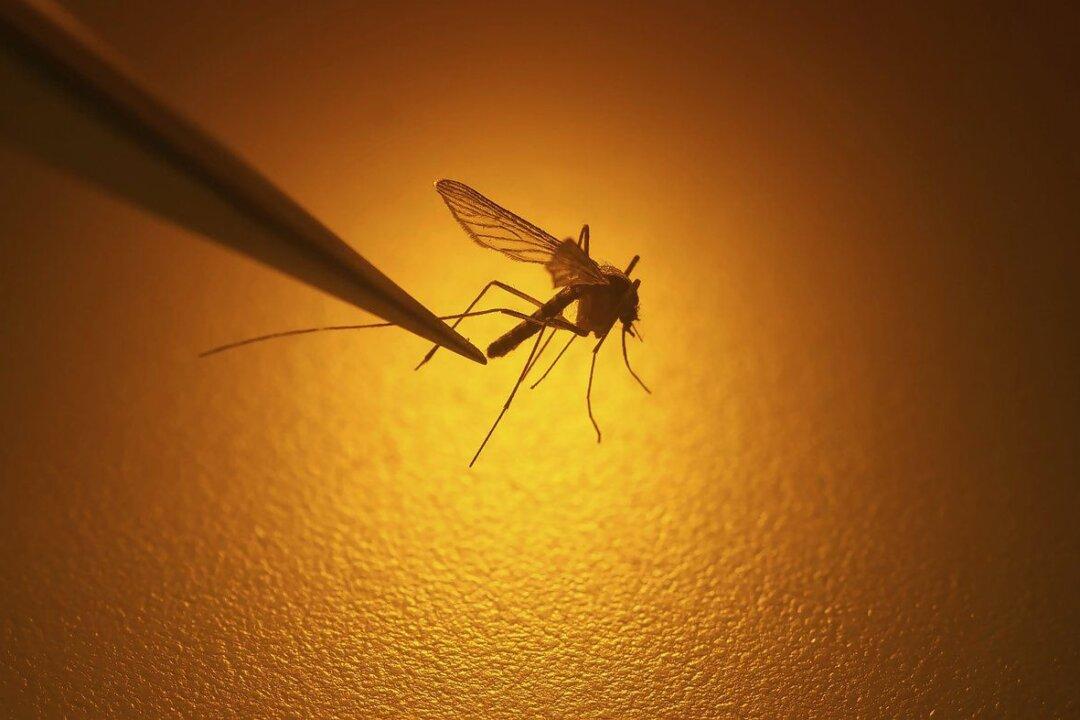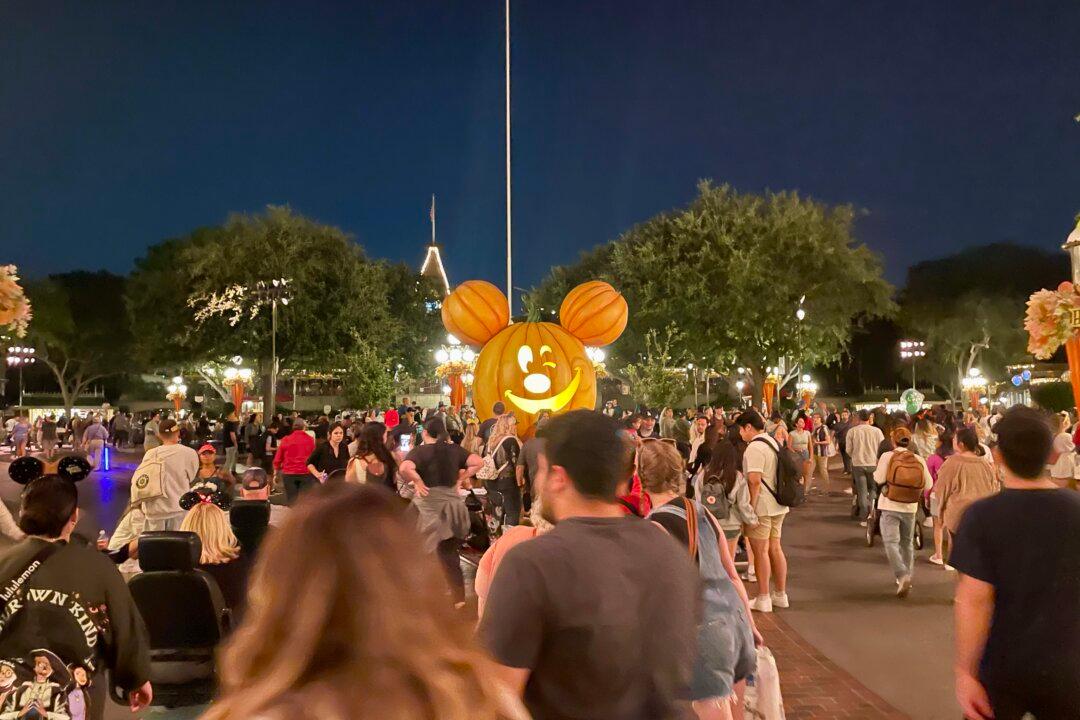Close to 1,000 people nationwide, including 23 in California, have been infected with a mosquito-borne fever this year, according to the World Health Organization.
Since the start of the year there have been a “significant magnitude” of dengue fever outbreaks in the Americas, with cases reaching just over 3 million, compared to last year’s numbers of 2.8 million, according to the organization.




